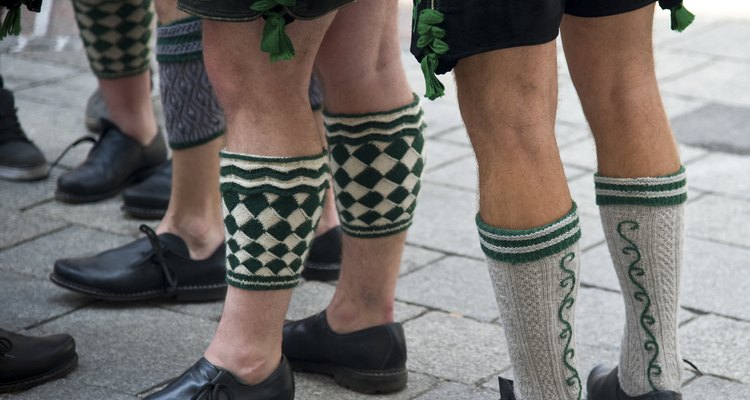
photoposter/iStock/Getty Images
Thanks to the success of Oktoberfest and other international German festivals, German clothing has become identified with suspenders, aprons, bodices and frilly dresses. But while these items represent components of traditional German fashion, today Germans are more likely to dress like Americans and their European neighbors, adopting casual wear for informal events and conservative business attire when working.
Traditional Menswear
The article of clothing most commonly associated with Germany in America, lederhosen, was originally a central component of menswear among the peasant and working classes in southern Germany, although they became popular among the aristocracy in the late 19th century. Traditionally, lederhosen are a pair of shorts made of leather, held up by suspenders and heavily ornamented. They continue to be worn throughout the year by men living in Bavaria and other Alpine regions.
Traditional Women's Clothing
The dirndl is a type of dress traditionally worn by women in rural areas of Germany, and was especially common in the South prior to the 19th century, though it remains a staple of German festivals. This dress consists of a skirt and low-necked blouse or bodice accompanied by an apron, and may be made of light or thick fabric depending on the weather and time of year. In the Black Forest region, the dirndl is usually accompanied by a bib, known as a halsband that covers the bodice.
Contemporary Daily Wear
German culture stresses the importance of being prepared for difficult weather. Particularly during the colder months between October and March, few Germans are willing to venture outside without coats, tights and waterproof jackets. Some German schools require parents to purchase rain jackets and thick, waterproof trousers, known as regenhosen. Children bring these items to school at all times in case of emergency. During winter, many children wear tights at all times, along with snow suits and snow boots as needed. However, during the spring and summer, men, women and children forgo heavy clothing in favor of contemporary Western fashions, including jeans, khakis, shorts, polo shirts and T-shirts.
Contemporary Business Attire
Business dress etiquette in Germany is conservative; both men and women are discouraged from dressing ostentatiously or drawing excess attention to themselves. Men, for example, typically dress in dark business suits paired with solid-colored ties and white shirts, while women wear dark suits or dresses. These formal conventions are observed even during the warm summer months, and foreign visitors who remove warm layers of clothing without the prior assent of their German hosts are engaging in a breach of etiquette.
Headwear and Accessories
The types of hats worn in Germany are highly influenced by neighboring states. For example, in western Germany women have long worn lace hats adorned with black ribbons similar to the kinds of hats worn in neighboring France. One of the best-known German hats is the Tyrolean hat, also known as an Alpine hat, because it originated in Austria before migrating north. This hat, which resembles a fedora, is worn in shades of green, gray, black or brown and decorated with accessories such as pins, feathers and flowers.
Related Articles

What Kind of Clothing Do Peruvians Wear?

What Kinds of Clothes Do They Wear in ...

What Type of Clothes Do Mexicans Wear?

What Kind of Clothing Do People in Mali ...

Facts About Inuit Clothing

What Kind of Clothes Do Children in ...
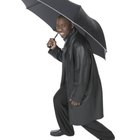
The Different Fabrics of Raincoats and ...

What Kind of Clothes Do El Salvadorans ...

Liberian Fashions, Styles & Wedding ...

School Uniforms in the 1940s

Traditional Clothing in Hawaiian Culture

About Apache Indian Clothing
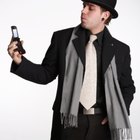
What Are Bowlers, Bonnets, Beanies & ...
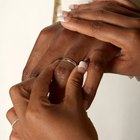
Traditional African Wedding Attire
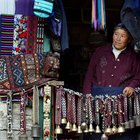
What Kind of Clothes Do They Wear in ...
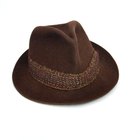
1950s Gangster Clothes

What Do Women Pirates Wear?
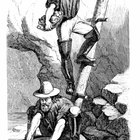
Clothing of the Gold Miners in the 1850s

Indigenous Clothes in Bolivia

What Do Brazilian People Wear?
References
Writer Bio
Boze Herrington is a writer and blogger who lives in Kansas City, Mo. His work has been featured in Cracked and "The Atlantic."
Photo Credits
photoposter/iStock/Getty Images